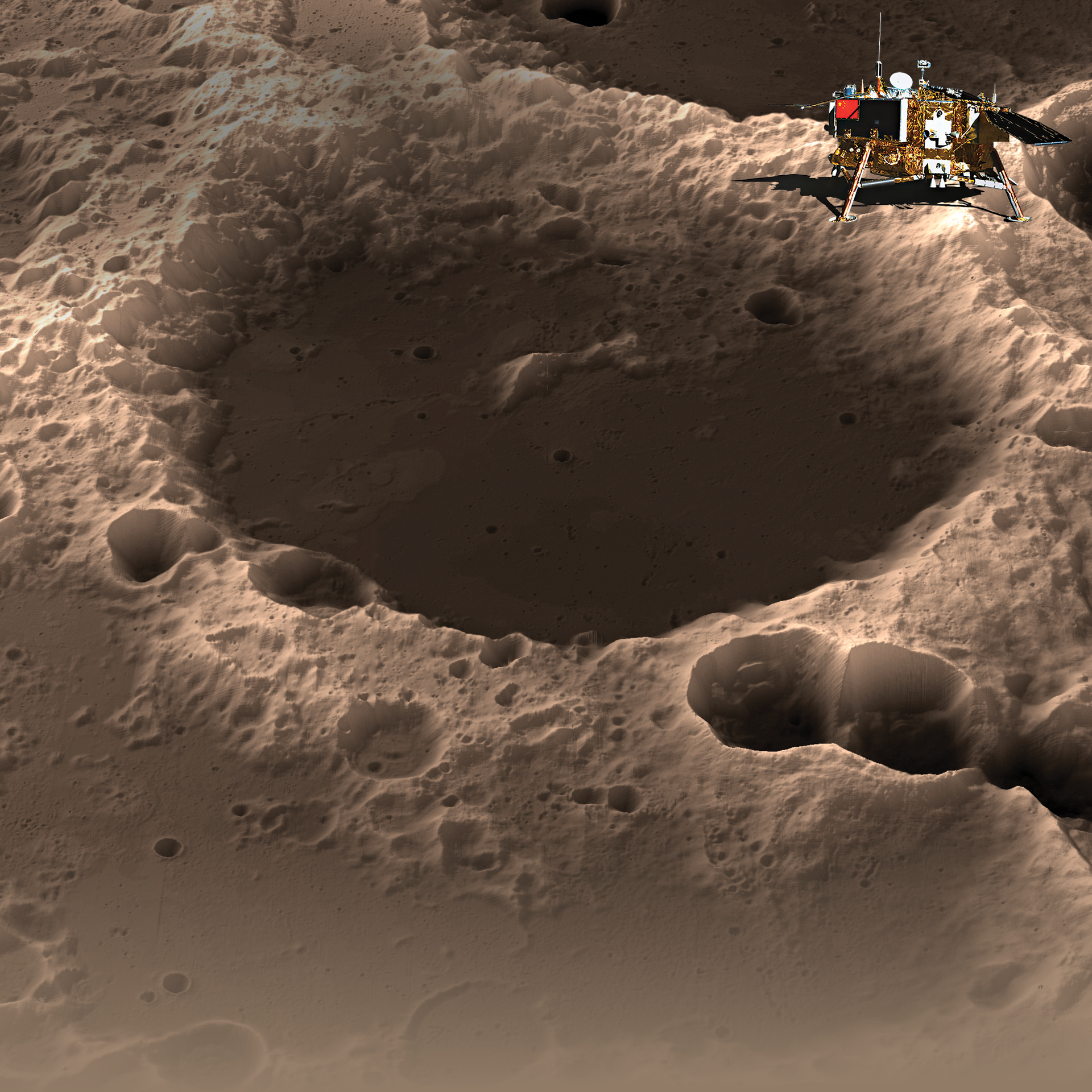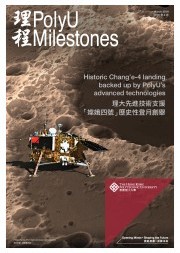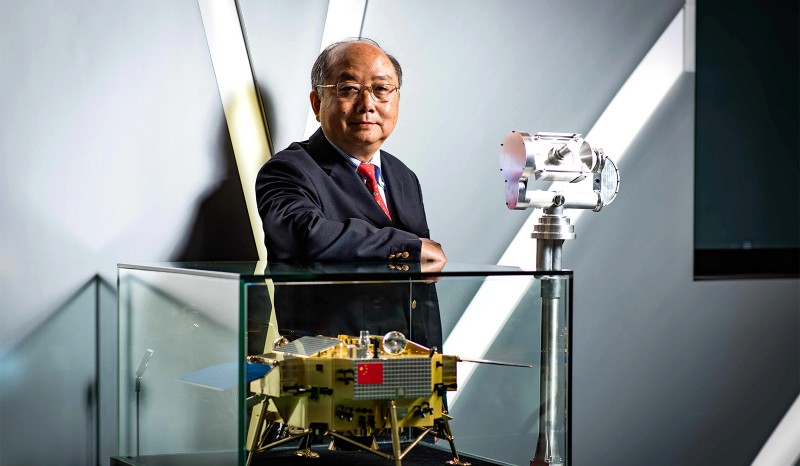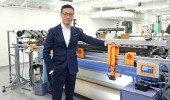
Cover Story
Historic Chang’e-4 landing backed up by PolyU’s advanced technologies
A new chapter in lunar exploration
PolyU researchers were also involved in the development of a space tool instrumental to the success of this historic mission. The probe’s Camera Pointing System (CPS), which helps to capture images of the Moon and facilitates the mission control centre to command the movement of the rover, was developed jointly by CAST and a team headed by Prof. Yung Kai-leung, Chair Professor (Precision Engineering) and Associate Head of the Department of Industrial and Systems Engineering at PolyU.
An earlier version of the CPS was used in the Chang’e-3 mission in 2013. As the first Hong Kong made instrument to be deployed in China’s lunar exploration programme, it was found to be durable enough to operate smoothly under the Moon’s stringent environment. Yet the design of the new CPS had to be even more sophisticated to withstand the high-density radiation and extreme temperatures – falling as far as -173℃ and soaring to 127℃ – on the Moon’s far side.
The PolyU-CAST team rose to this challenge, deploying their expertise in multi-axis machining to enclose all of the device’s delicate electrical parts, signal lines and wiring inside a resilient product shell. Equally intricate and time-consuming was the task of preventing corrosion by using as few assembly parts and joints as possible. This was achieved through innovative design and highprecision fabrication, combining many parts to form a single component and removing unnecessary materials from a single solid material block.
The completed CPS, mounted on the upper part of the probe’s lander, weighs just 2.8 kg and has a wide range of motion in the Moon’s low-gravity environment, which is just one-sixth of the Earth’s gravity. Testifying to the outstanding expertise of Prof. Yung and his team, and to the world-class resources of PolyU’s Industrial Centre, the CPS has already enabled Chang’e-4 to send back stunning panoramic images of the lunar landing and rover deployment – the world’s first-ever glimpses of this uncharted region.

Photo source: China National Space Administration
360 degree panoramic image taken by the camera
mounted on the CPS
Both teams of experts have been working to support the nation’s lunar missions for years. Expressing his pride in the “ultra-high standard” of PolyU’s research and innovation so far, Prof. Alex Wai, PolyU Vice President (Research Development), was adamant that the University would continue to build on this ground-breaking work to help the nation work on ever more challenging space projects.
“In the future,” he said, “PolyU will continue to adopt a cross-disciplinary approach and integrate our pool of expertise and resources to develop more sophisticated and effective solutions for the nation’s space exploration programmes.” These will include not only the Chang’e-5 lunar exploration mission but also China’s first mission to explore Mars. Like the Chang’e-4 expedition, these projects are expected to unfold the mystery of the Moon and even the solar system.
You may be interested in...







